WIKI:
1964, the Royal Air Force specified a requirement (Air Staff Target, AST, 362) for a new fast jet trainer to replace the Folland Gnat. The SEPECAT Jaguar was originally intended for this role, but it was soon realised that it would be too complex an aircraft for fast jet training and only a small number of two-seat versions were purchased. Accordingly, in 1968, Hawker Siddeley Aviation (HSA) began studies for a simpler aircraft, initially as special project (SP) 117. The design team was led by Ralph Hooper.
A Royal Air Force Hawk T1A at Kemble Airport, Gloucestershire, with its pilot
This project was funded by the company as a private venture, in anticipation of possible RAF interest. The design was conceived of as having tandem seating and a combat capability in addition to training, as it was felt the latter would improve export sales potential. By the end of the year HSA had submitted a proposal to the Ministry of Defence based on the design concept, and in early 1970 the RAF issued Air Staff Target (AST) 397 which formalised the requirement for new trainers of this type. The RAF selected the HS.1182 for their requirement on 1 October 1971 and the principal contract, for 175 aircraft, was signed in March 1972.
The prototype aircraft XX154 first flew on 21 August 1974 from Dunsfold piloted by Duncan Simpson, Chief Test Pilot of HSA (Kingston), reaching 20,000 ft in a flight lasting 53 minutes.[4] All development aircraft were built on production jigs; the program remained on time and to budget throughout. The Hawk T1 entered RAF service in late 1976.[6] The first export Hawk 50 flew on 17 May 1976. This variant had been specifically designed for the dual role of lightweight fighter and advanced trainer; it had a greater weapons capacity than the T.1.
The RAF Red Arrows depart the 2014 Royal International Air Tattoo, England, in a colour scheme that commemorates their 50th year.
More variants of the Hawk followed, and common improvements to the base design typically included increased range, more powerful engines, redesigned wing and undercarriage, the addition of radar and forward-looking infrared, GPS navigation, and night-vision compatibility.[7] Later models were manufactured with a great variety in terms of avionics fittings and system compatibility to suit the individual customer nation; cockpit functionality was often rearranged and programmed to be common to an operator's main fighter fleet to increase the Hawk's training value.
In 1981, a derivative of the Hawk was selected by the United States Navy as their new trainer aircraft. Designated the McDonnell Douglas T-45 Goshawk, the design was adapted to naval service and strengthened to withstand operating directly from the decks of carriers, in addition to typical land-based duties. This T-45 entered service in 1994; initial aircraft had analogue cockpits, while later deliveries featured a digital glass cockpit. All airframes were planned to undergo avionics upgrades to a common standard.
Base Blueprints and images :
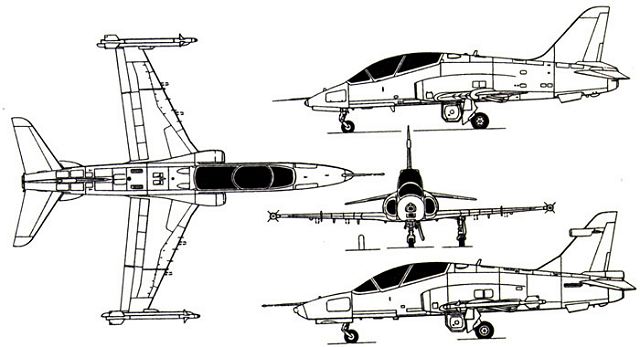
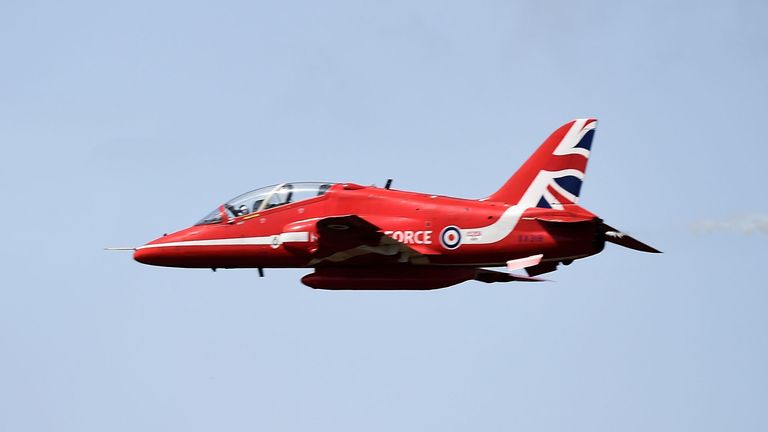

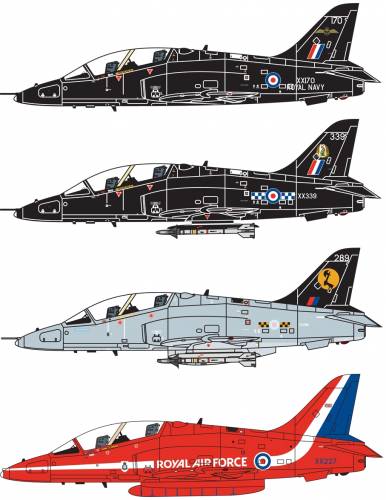
Specifications
Spotlights
- DeathStalker627 6.5 years ago
- Trainzo 6.5 years ago
- A3 6.5 years ago
- belugasub 6.5 years ago
- 2Papi2Chulo 6.5 years ago
- BlackhattAircraft 6.5 years ago
- Thecatbaron 6.5 years ago
- BowtheAvali 6.5 years ago
- WaffleCakes 6.5 years ago
- POTETOZ 6.5 years ago
- AWESOMENESS360 6.5 years ago
- SakuraSaku 6.5 years ago
General Characteristics
- Successors 1 airplane(s)
- Created On Windows
- Wingspan 55.9ft (17.0m)
- Length 53.5ft (16.3m)
- Height 18.9ft (5.8m)
- Empty Weight 16,427lbs (7,451kg)
- Loaded Weight 25,893lbs (11,745kg)
Performance
- Power/Weight Ratio 0.433
- Wing Loading 52.2lbs/ft2 (255.0kg/m2)
- Wing Area 495.8ft2 (46.1m2)
- Drag Points 9633
Parts
- Number of Parts 305
- Control Surfaces 5
- Performance Cost 1,066

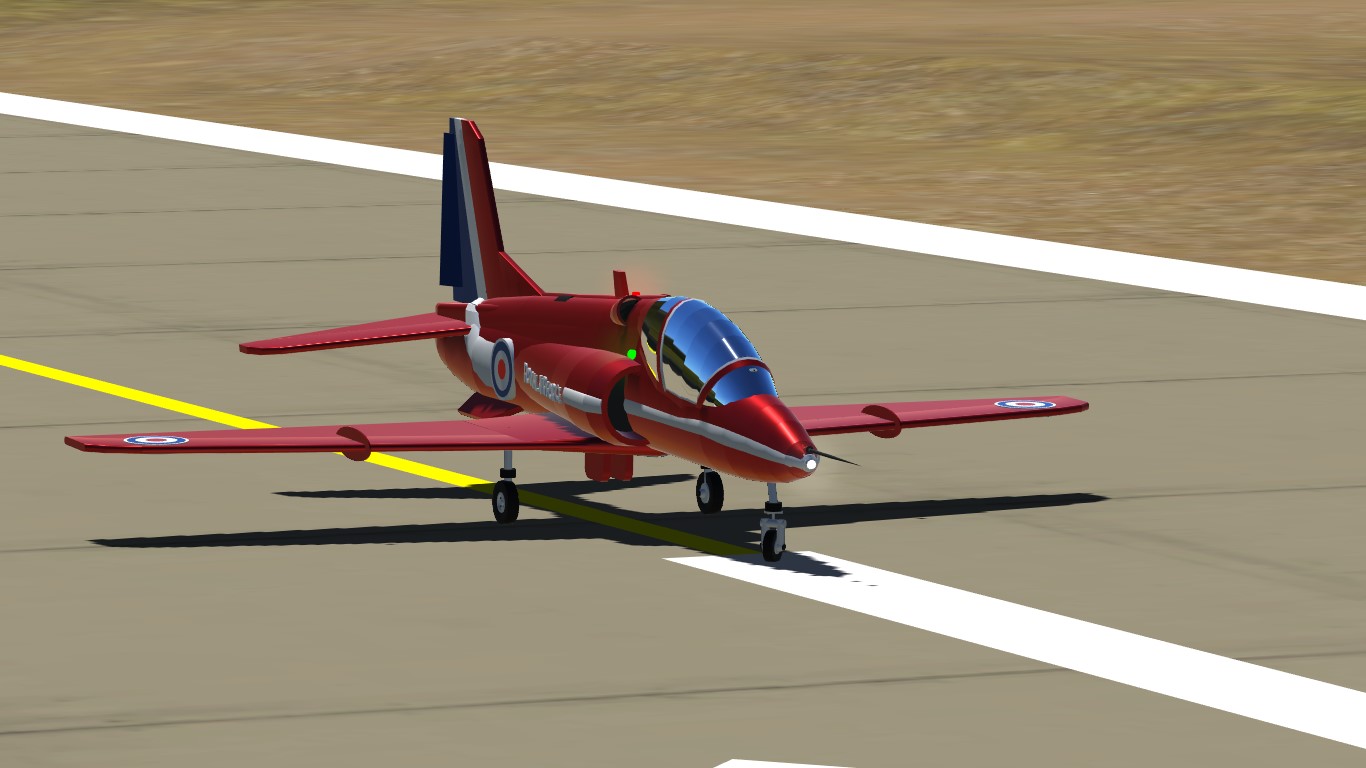
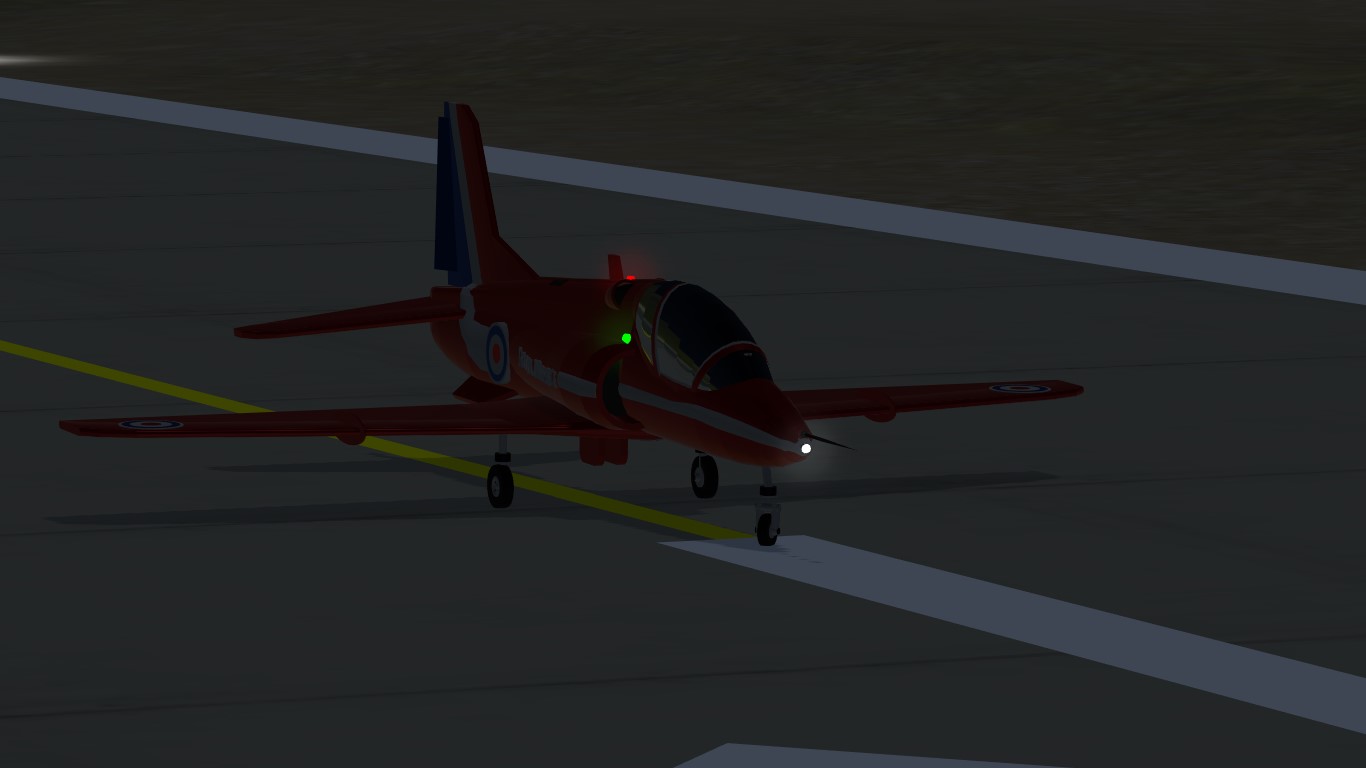
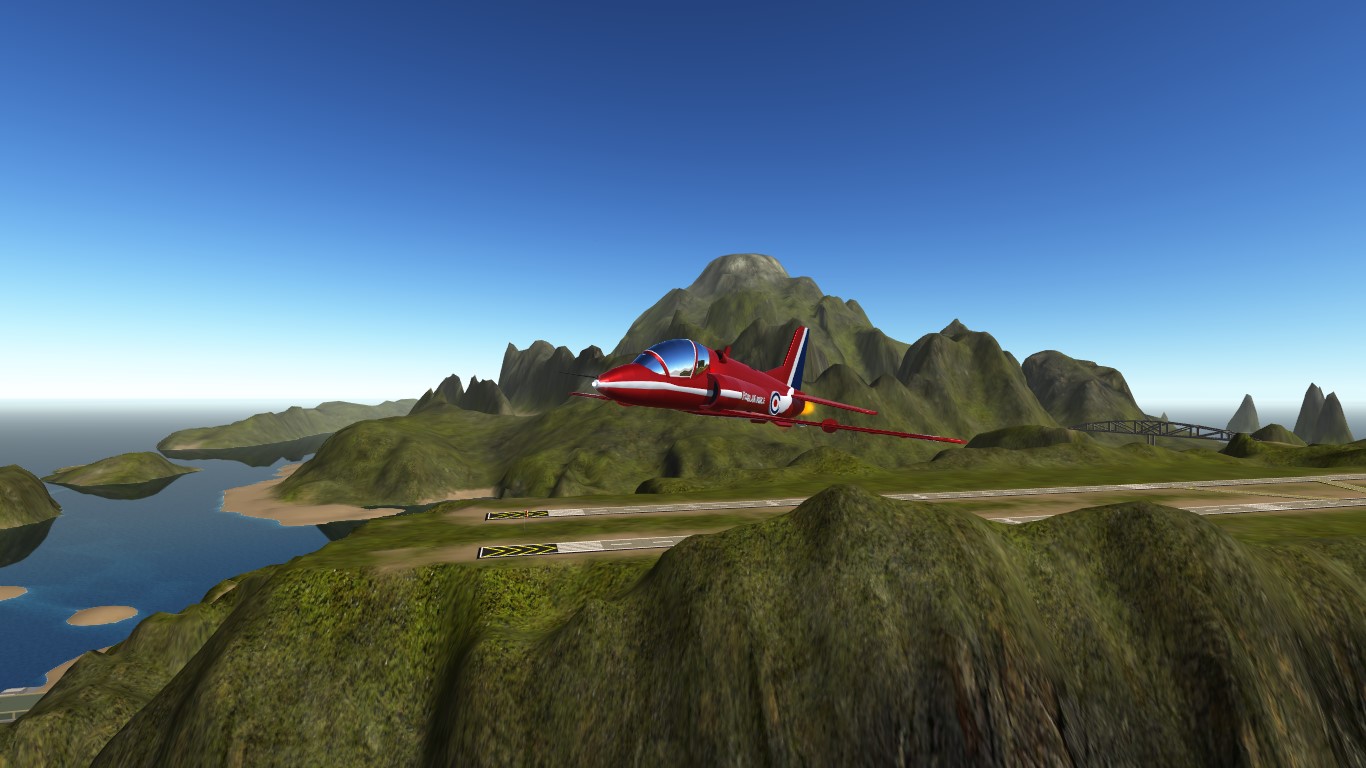
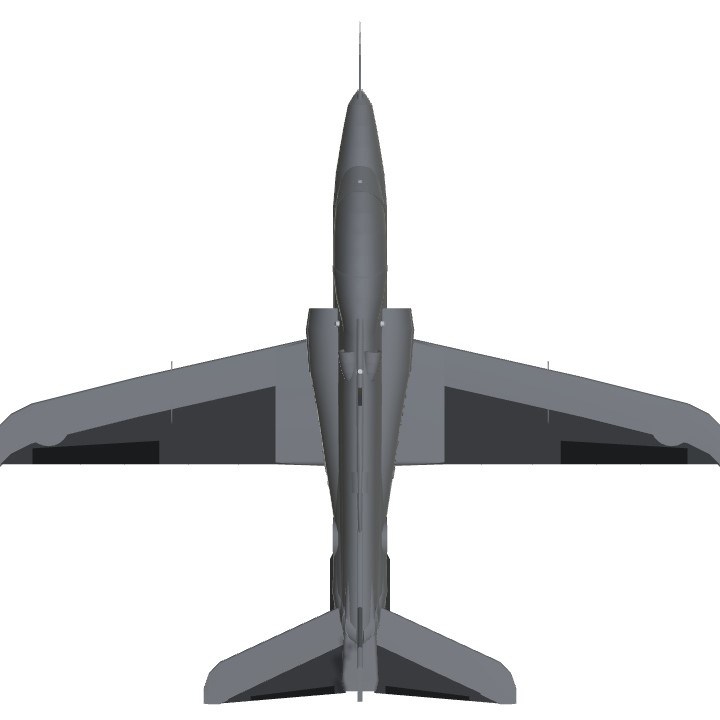
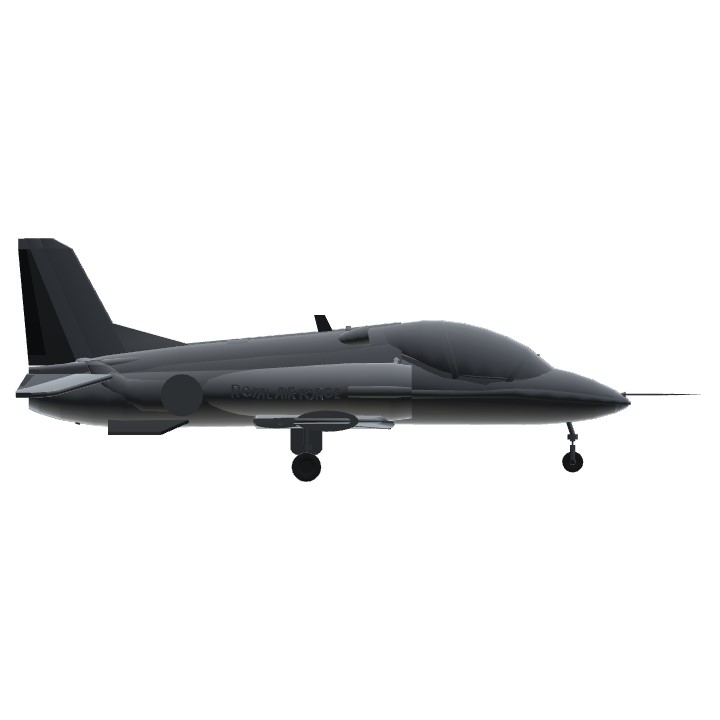
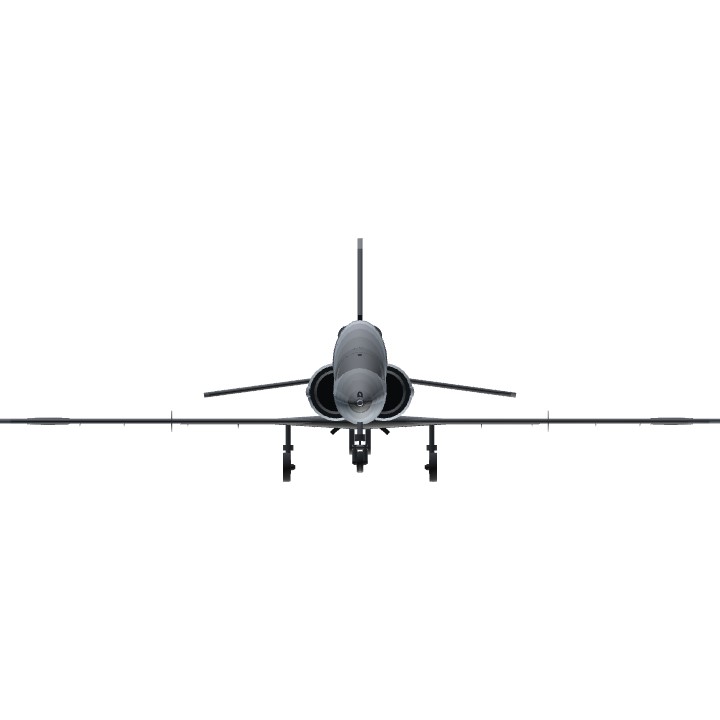
@SpiritusRaptor why?
Any tips for replicas using the designer like did you do a rib structure first and what’s your process for making the wings I’m trying to do a ju 88 rn
@SimpleFanJF https://www.simpleplanes.com/a/eS83mE/A-29-Super-Tucano-Esquadrilha-da-Fumaca
@SimpleFanJF I build it mouth ago
@Dinoairplanes obrigado
@SimpleFanJF ok
Faz um super tucano
@lliamlegoguy ?? i not understand
Turns out you were just fam..
@Dinoairplanes You've really done something magical here mate, much better than mine was :)
Slang reference dictionary//::
irl:: In real life.
@Shippy456 ?
This one seems familiar.....
I think I have seen this one irl.
@Shippy456 what i need wait?
@Shippy456 OK
Wait a minute....
i love this website T_T
solid work
And especially a decoration very well done . 👍
Very great job . Nice replica .
Nice little trainer
This is good @Dinoairplanes (it was German)
@SanitaterAirlines ???
das ist gut
@SakuraSaku unfortunately it is not complete is missing the symbol of the red arrows is not in it